Best Upholstery Fabric Ideas for Furniture: A Complete Guide
Choosing the right upholstery fabric for furniture can feel like a balancing act between aesthetics and practicality. Many buyers fall in love with a fabric only to realize later that it doesn’t suit their practical needs. On the other hand, durable and easy-care fabrics may not always offer the visual charm that many seek. The goal is to find a material that checks both boxes: looks and performance. This guide explores some of the most popular upholstery fabrics so you can confidently choose what suits your furniture, living space, and lifestyle.
Microfiber
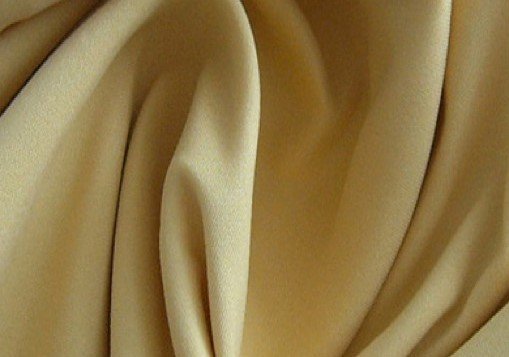
Let’s begin with the microfiber, which has earned a strong reputation as a versatile upholstery fabric for furniture. Woven from extremely fine polyester and sometimes blended with nylon, its texture feels soft like suede while offering impressive durability. The tightly packed fibers create a surface that naturally resists moisture and prevents liquid spills from soaking in. This makes microfiber especially practical for households with pets or children, where usage is heavy.
Moreover, microfiber is also resistant to fading and piling, keeping furniture looking new longer. It even has hypoallergenic qualities. The dense weave blocks dust, pollen, and pet dander from embedding in the fabric, improving air quality indoors.
Not to mention, cleaning is effortless with microfiber since most messes can be wiped away or vacuumed without deep scrubbing. What makes it even better is its availability of colors and finishes to complement both casual and formal furniture.
Linen and Linen Blends
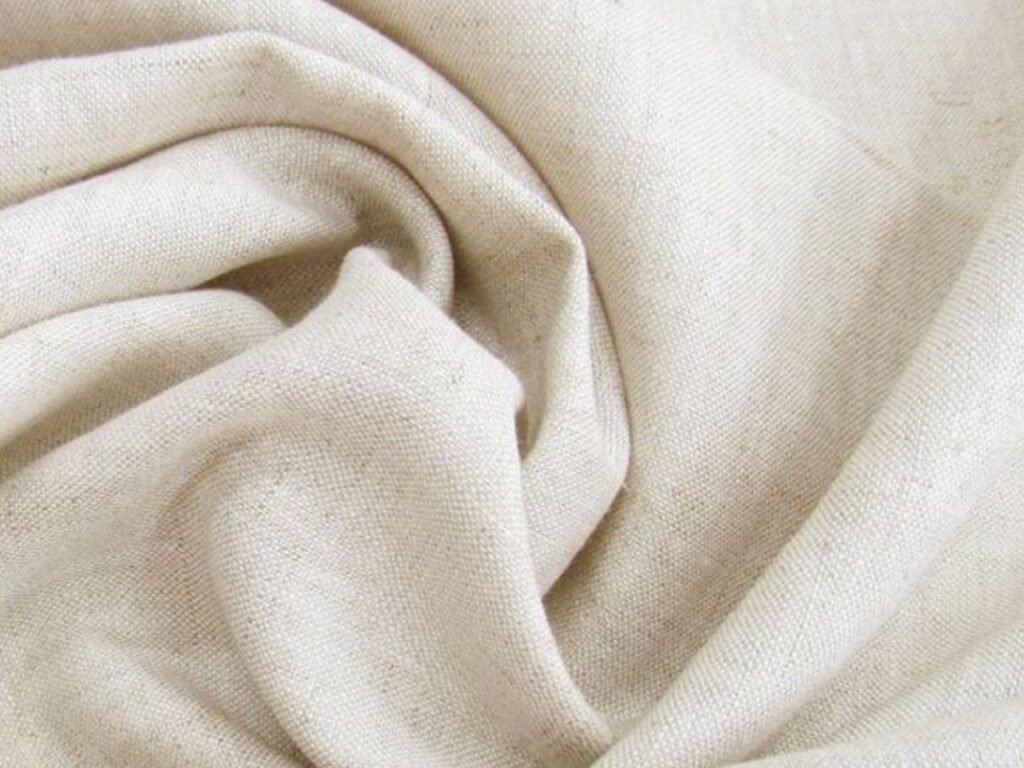
Linen is a timeless upholstery fabric for furniture, valued for its natural beauty and breathability. It is made from the flax plant, featuring a crisp texture with a matte finish that feels casual yet elegant. Modern linen options often blend with cotton, polyester, or viscose, improving durability while maintaining comfort.
Pure linen tends to wrinkle, but blends reduce that concern without losing the organic feel. What makes linen especially appealing is its ability to stay cool, making it ideal for warmer climates. Unlike heavy fabrics, it does not trap heat, allowing airflow for a more comfortable seating experience.
Over time, linen softens with use, enhancing comfort without sacrificing strength. Whether in neutral tones for a refined aesthetic or in blends for everyday practicality, linen adds understated sophistication to any interior. Its timeless quality offers lasting comfort and style.
Cotton and Cotton Blends
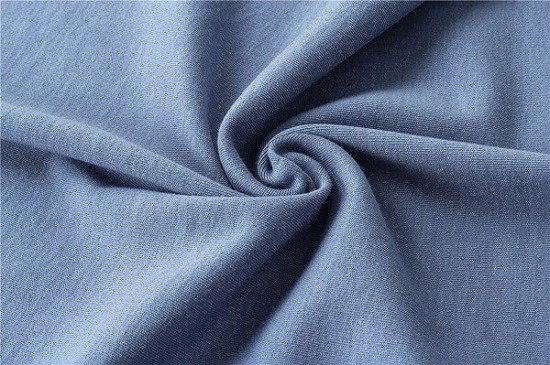
Cotton is yet another favored upholstery fabric for furniture because of its natural softness and versatility. Pure cotton feels smooth, breathable, and inviting, but it is more prone to wrinkling, fading, and wear. To overcome these drawbacks, cotton blends have become increasingly popular. When combined with polyester, nylon, or rayon, cotton gains greater strength and resistance while retaining its natural charm.
Additionally, cotton blends also resist pilling and fading better than pure cotton, making them suitable for everyday seating. Another advantage is variety; cotton is available in countless weaves, patterns, and colors. For those who want a fabric that is affordable, breathable, and easy to pair with décor, cotton and cotton blends provide an ideal balance between comfort and performance.
Velvet
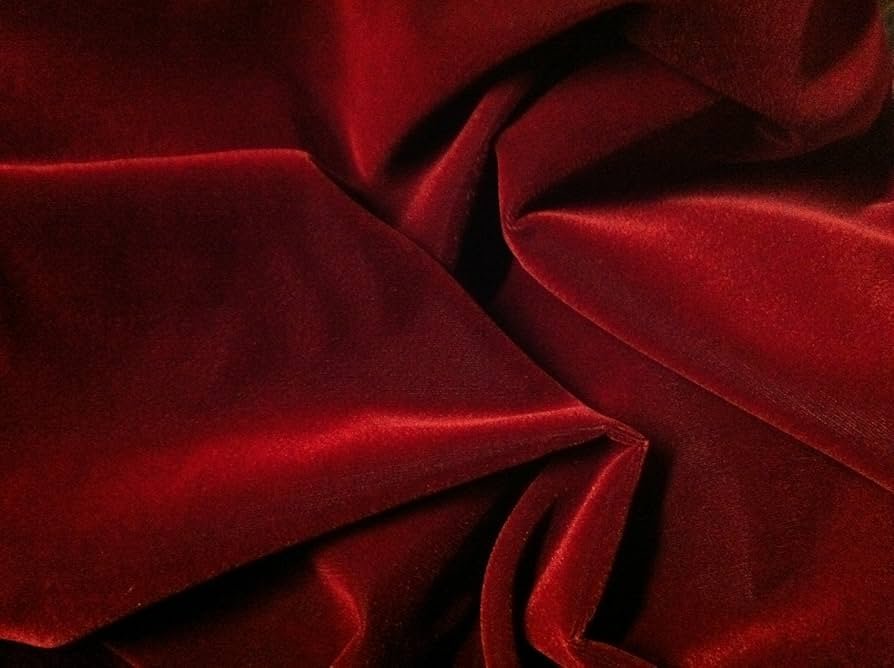
If you’re looking for a luxurious upholstery fabric for furniture that instantly captures attention, consider velvet. This material consists of a dense pile of evenly cut fibers, which contributes to its plush and soft texture. Historically, it was crafted from silk. However, it is more accessible today, often consisting of blends of cotton, polyester, and rayon that improve durability and cost-effectiveness.
One of its best qualities of velvet is that it holds dye strongly, offering vibrant colors ranging from jewel tones to muted neutrals. Furthermore, its lush texture adds depth and warmth to any room, making it excellent for accent furniture pieces. While velvet requires more upkeep than some fabrics, its opulence and comfort are unmatched. It is perfect for adding drama and refinement to any formal space.
Leather
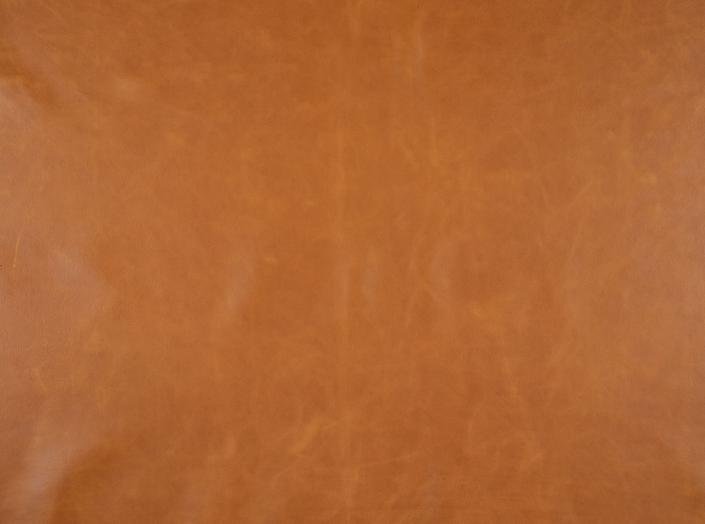
Leather is perhaps the most iconic upholstery fabric for furniture, coveted for its sophistication and lasting appeal. Real leather is created from tanned animal hides, which develop a unique character over time. With proper care, it can last decades, gaining a beautiful patina over time that enhances its rustic character.
Unlike many fabrics, leather is easy to clean, resisting dust and dander while repelling most liquid spills. Simply wiping with a damp cloth is often enough to maintain its sleek finish. However, different types of leather offer varied qualities. Full-grain is the most authentic and durable form, while top-grain and genuine leather come with a more accessible price.
Keep in mind, leather requires occasional conditioning to prevent drying or cracking, but this investment pays off in both beauty and longevity. All in all, this material remains a classic choice for anyone seeking resilient and timeless furniture.
Chenille
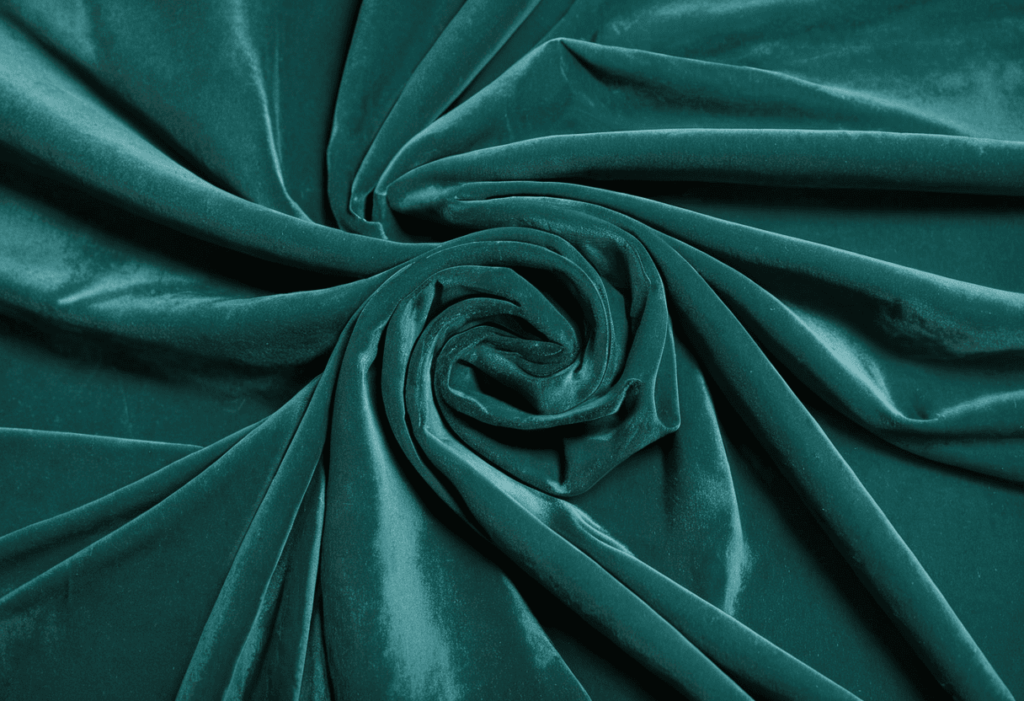
Another soft and inviting upholstery fabric for furniture is chenille, blending comfort with elegance. Its name, meaning “caterpillar” in French, comes from its fuzzy, tufted texture that resembles velvet but with a casual look. Made from a mix of natural and synthetic fibers such as cotton, rayon, and polyester, chenille balances strength with a cozy hand feel. It is often used for accent chairs, decorative sofas, and low-traffic seating because of its luxurious surface.
Additionally, chenille has subtle reflective qualities that add interest to any room. Its plush quality also makes it a warm and comfortable option for lounging. However, because of its thick pile, it needs care to prevent matting. When styled thoughtfully, chenille can bring a relaxed yet refined aesthetic, perfect for spaces that combine traditional charm with modern comfort.
Olefin
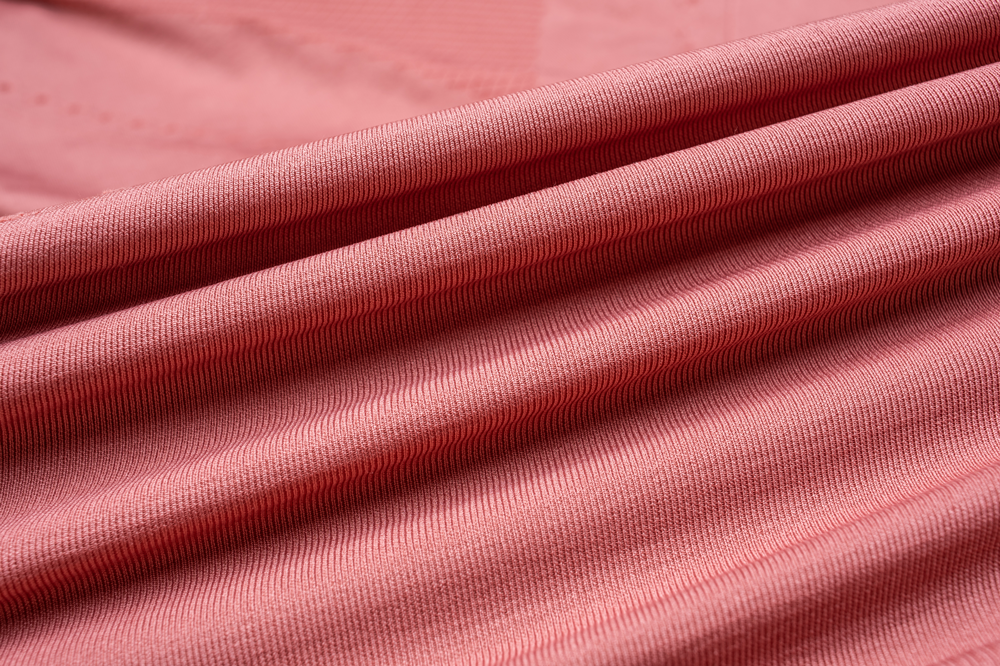
One practical upholstery fabric for furniture that performs exceptionally well both indoors and outdoors is olefin. Also known as polypropylene, this synthetic fiber boasts exceptional durability, stain resistance, and moisture resilience. This material does not easily absorb liquids, which prevents mold, mildew, and rot, making it perfect for humid environments. In addition, it has strong resistance to sunlight, making it suitable for furniture placed in patios, balconies, or sunrooms.
Olefin also thrives indoors, specifically in high-traffic areas like family rooms and dining rooms. The best part is that this fabric is environmentally friendly, as it requires minimal resources to produce and recycle. With its balance of performance, versatility, and eco-conscious design, olefin offers reliability for furniture that sees frequent use while maintaining its appearance.
Tweed
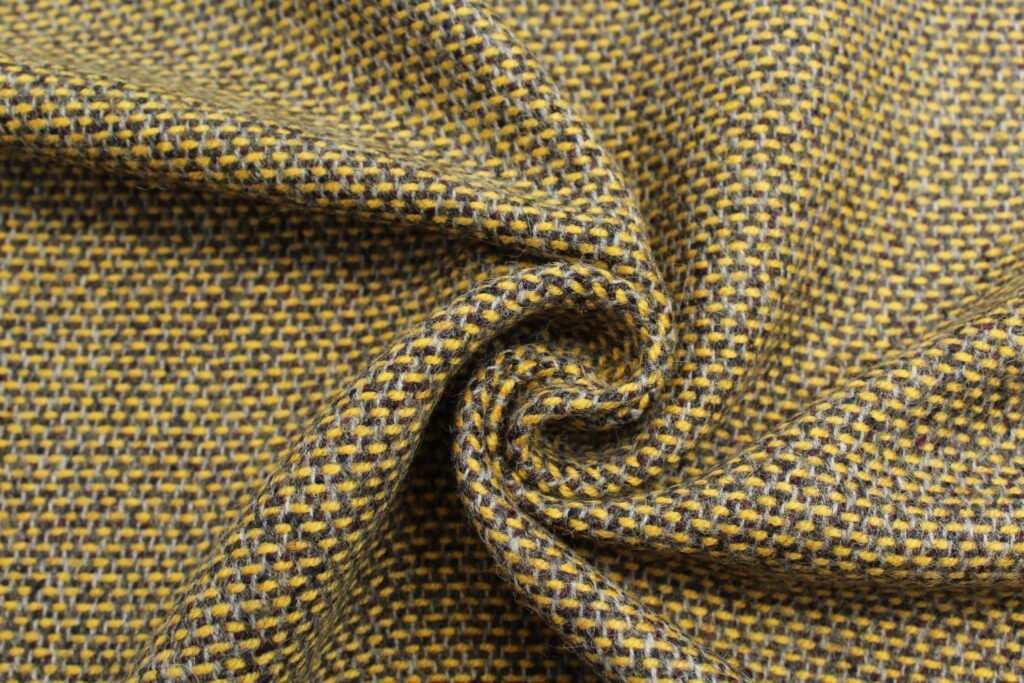
Tweed brings texture and longevity when used as upholstery fabric for furniture. Originally made from wool, tweed is now available in blends with synthetic fibers that improve strength and reduce upkeep. Its tightly woven structure resists wear, making it suitable for both formal and casual seating. A standout feature of tweed is its multi-tone surface, which disguises dirt and stains effectively. This makes it appealing for households that value low-maintenance furniture without compromising style.
This material carries a timeless Scottish heritage, giving furniture a vintage charm. Likewise, its nubby texture adds depth and interest, complementing classic furniture designs. From structured sofas to statement chairs, tweed seamlessly adapts to different looks depending on color choice.
Faux Leather
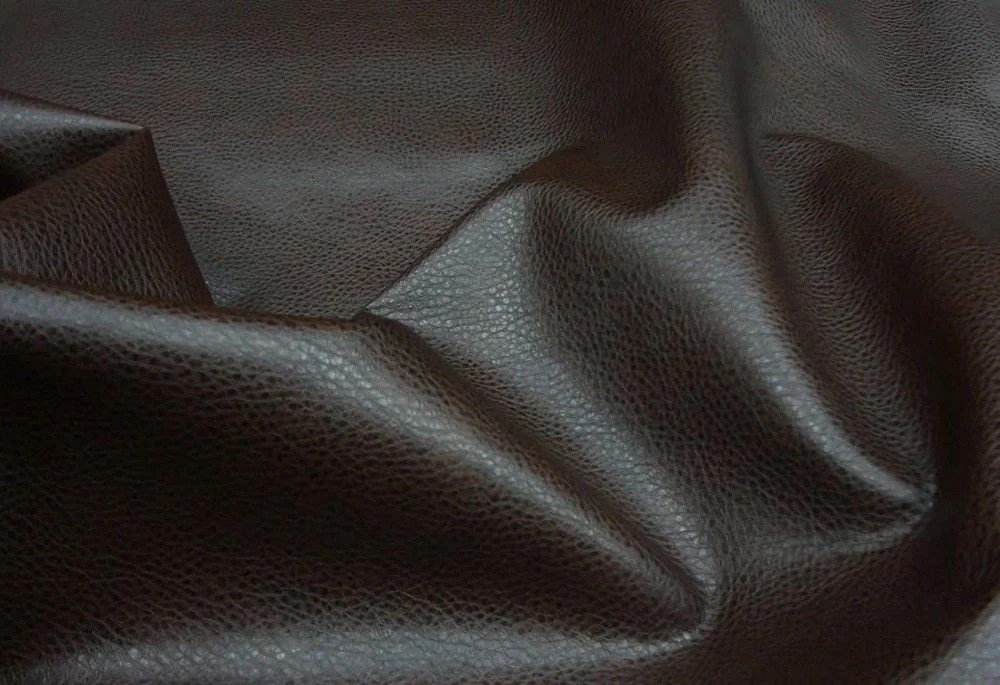
If you’re searching for a cost-effective upholstery fabric for furniture that mirrors the appearance of genuine leather, think of faux leather. It is a synthetic alternative but still provides a sleek and distinct look of real leather. One of its greatest advantages is low upkeep; spills can be wiped quickly, and the material resists dust and stains. Besides, faux leather is also more resistant to UV damage, reducing the risk of fading over time.
Beyond practical benefits, it is cruelty-free, making it a better choice for modern buyers. Moreover, faux leather is available in various finishes and colors, adapting well to contemporary, minimalist, or industrial furniture. For those who desire the sophistication of leather without the expense or maintenance demands, this option is equally stylish and durable.
Polyester
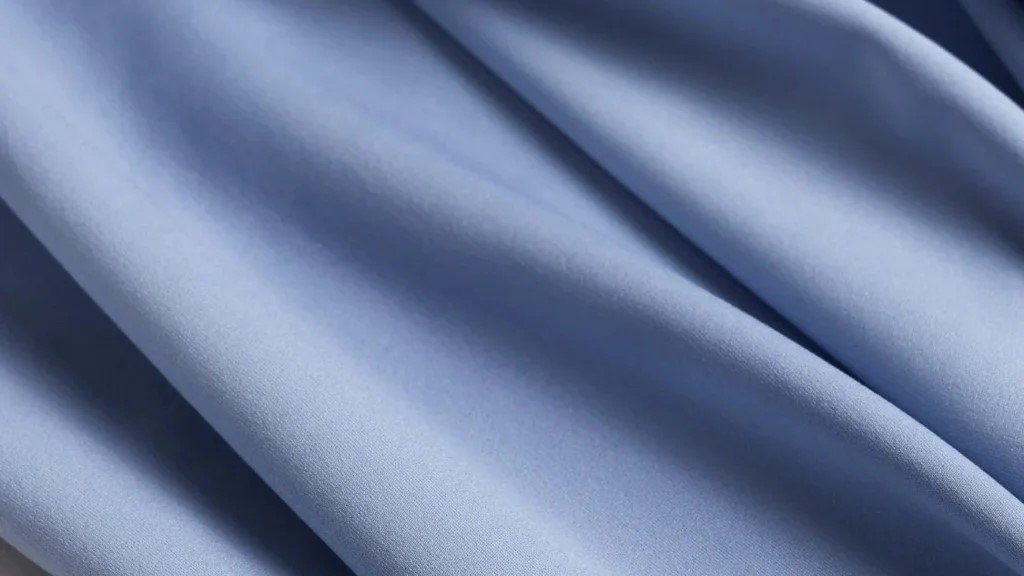
Lastly, polyester is another common upholstery fabric for furniture, mainly because of its durability and affordability. As a synthetic fabric, it is designed to resist stretching, shrinking, and wrinkling, making it highly reliable for daily use. It also resists fading, holding onto dye exceptionally well even under sunlight. This ensures furniture maintains its original color for years.
Polyester upholstery is available in an endless variety of textures and colors. Furthermore, its affordability allows homeowners to experiment with bold looks without overspending. This material is best for families and busy spaces like living rooms, playrooms, or home offices. While it may not be as breathable as natural fabrics, its practicality and cost-effectiveness make it one of the most dependable options.



